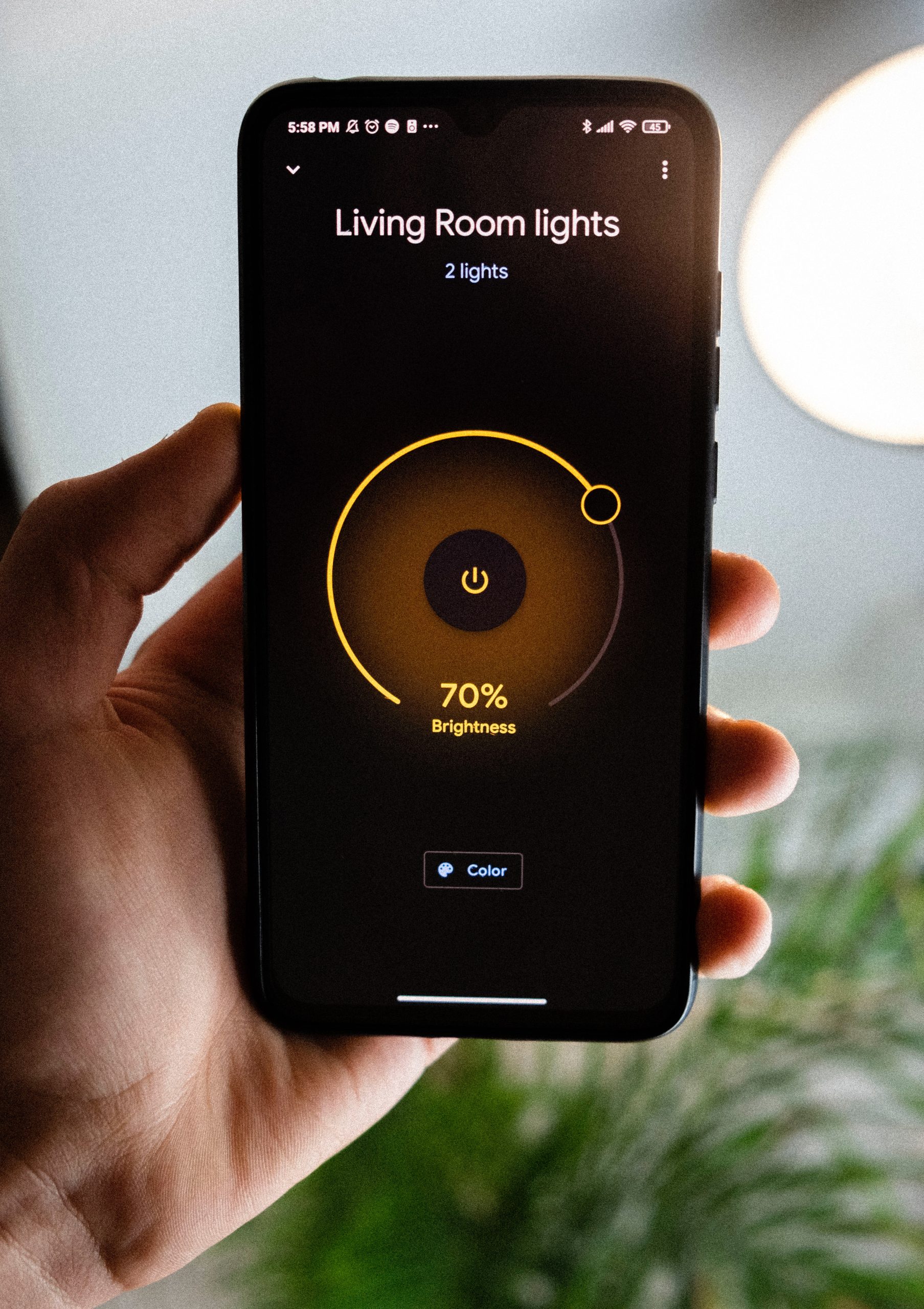- 14 April 2023
- 76
The Evolution of Smart Home Technology in the US Market

The concept of a “smart home” has been around for decades, but it is only in recent years that the technology has advanced enough to make it a reality for many Americans. The US market for smart home technology has been steadily growing, with new devices and systems being introduced each year. In this article, we will take a closer look at the evolution of smart home technology in the US market.
The earliest forms of smart home technology were simple remote controls that allowed homeowners to turn lights and appliances on and off from a distance. As technology advanced, these controls became more sophisticated, allowing users to set schedules and automate tasks. The introduction of voice assistants like Amazon’s Alexa and Google Assistant has taken this automation to the next level, allowing users to control their entire homes with just their voice.
In recent years, the smart home market has exploded with new devices and systems. Smart thermostats like the Nest and Ecobee allow users to control their home’s temperature from their phone, while smart locks like the August and Schlage allow users to lock and unlock their doors remotely. Smart security cameras like the Ring and Nest Cam offer peace of mind with 24/7 video monitoring, while smart smoke detectors like the Nest Protect can alert homeowners to potential dangers even when they are away from home.
Perhaps the biggest trend in smart home technology is the integration of devices and systems into a cohesive ecosystem. Companies like Apple, Google, and Amazon are all vying to be the central hub for smart home devices, with their respective voice assistants serving as the main interface. This integration allows users to control all of their devices with a single voice command or app, making it easier than ever to manage a smart home.
However, as with any new technology, there are challenges to be addressed. One of the biggest issues facing the smart home market is interoperability between different devices and systems. With so many different manufacturers and platforms, it can be difficult for users to ensure that all of their devices will work together seamlessly. Additionally, there are concerns around data privacy and security, with some users worried about the potential for hackers to access their smart home devices.
Despite these challenges, the future of smart home technology in the US market looks bright. With new devices and systems being introduced each year, it is clear that the smart home is here to stay. As with any new technology, it will be important for consumers to stay informed and educated about the benefits and risks of smart home technology, and to make informed decisions about which devices and systems they choose to incorporate into their homes.

